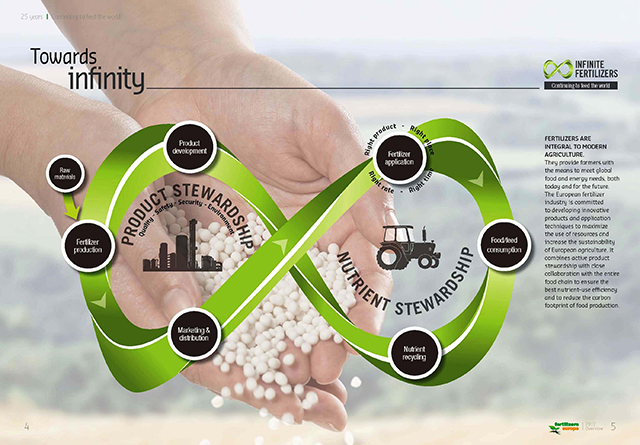"Monsanto understands that agriculture is constantly evolving and is influenced by broad societal trends. Farmers need new tools that allow them to maintain productivity—in the face of climate change, and the challenges of weed and insect resistance to current methods of control—while simultaneously minimizing the impact on the environment. Consumers want healthy and abundant food grown in a responsible way and seek transparency about the way food is produced.
Our people listened to these concerns and in 2012, we expanded our R&D pipeline to include agricultural biologicals, a category of sustainable crop protection solutions made from materials found in nature that can complement or replace agricultural chemical products. Agricultural biologicals (also referred to as biopesticides) are typically topical or seed treatment products.
Agricultural biologicals give growers an additional option for their pest control toolbox and could greatly decrease the use of conventional pesticides when used as a component of Integrated Pest Management (IPM) programs. Thanks to their highly targeted mode of action, agricultural biologicals are effective on problem pests, while maintaining beneficial insect populations and leaving birds, fish, bees and other wildlife unharmed. Additionally, agricultural biologicals can be effective in very small quantities, and they decompose quickly in the environment."
Read more from Monsantoblog

